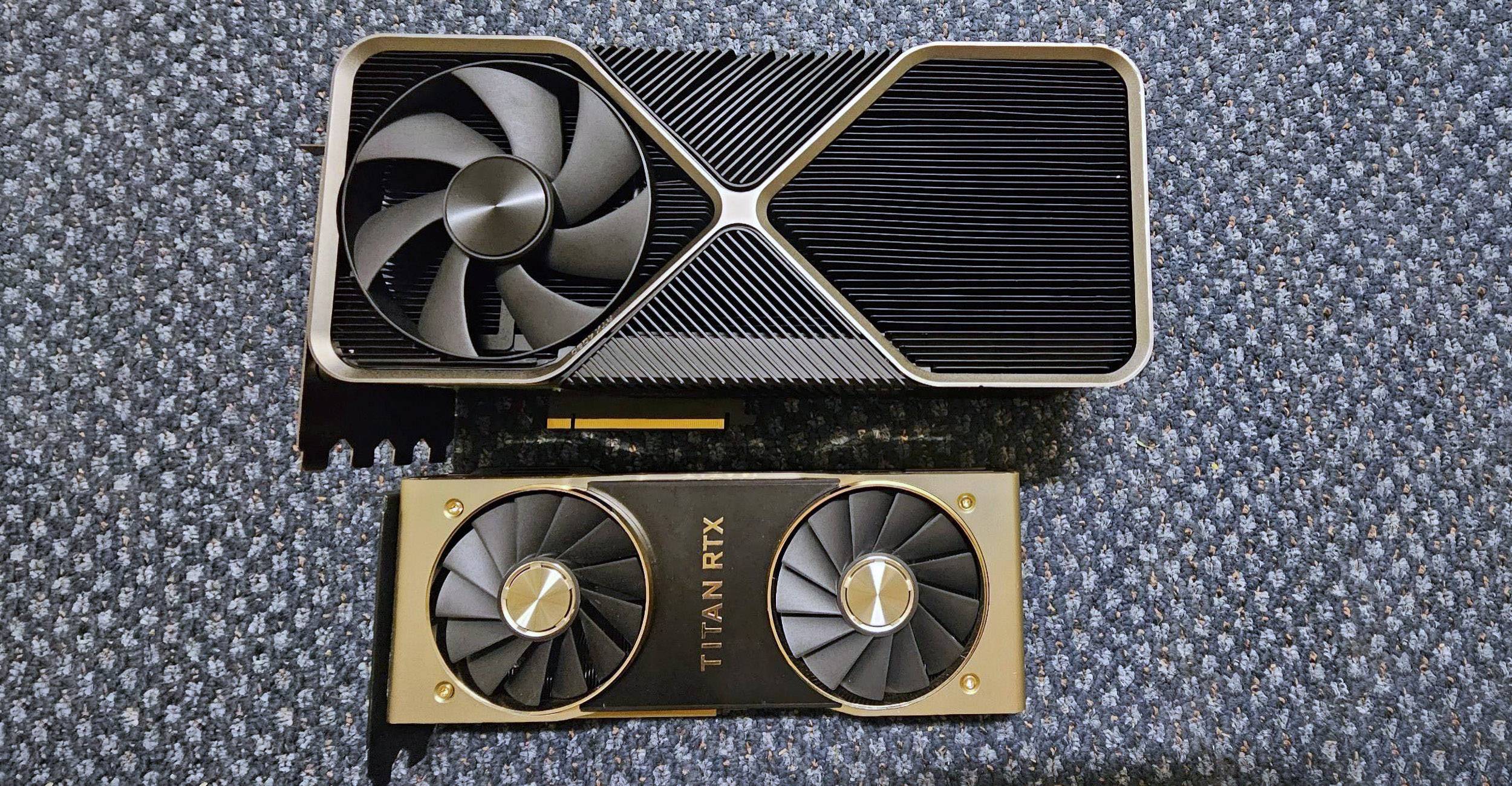Nvidia plans to unveil the RTX40 SUPER series at CES 2025 early next year, and they are actively working on new developments for the next-generation Nvidia RTX 50 series. As confirmed by the reliable source kopite7kimi, the flagship card of the NVIDIA RTX 50 Series, likely named RTX 5090, will feature the new generation GDDR7 memory, aligning with previous predictions. Anticipated to have a maximum GDDR7 capacity of 24GB, the RTX 5090 may expand to 36 GB.
At a peak speed of 32Gbps and a 256-bit memory interface, the bandwidth reaches 1TB/s, while with a 512-bit interface, it naturally doubles to 2TB/s. However, unfortunately, the RTX 5090 is unlikely to reintroduce the 512-bit memory interface as rumored earlier. Instead, it will persist with 384-bit, providing a memory bandwidth of 1.5TB/s, a significant 50% increase compared to the RTX 4090.
This decision can be easily understood. On one hand, a 512-bit interface consumes a considerable amount of transistors and core area, leading to higher power consumption and heat generation. On the other hand, NVIDIA is currently emphasizing a strategy of heavy caching and lighter memory usage, making a wider memory interface unnecessary.
According to kopite7kimi, the design of the NVIDIA RTX 5090/5080 reference model may bear some resemblance to the continuously leaked RTX 4090 Ti, featuring a large four-slot size and a PCB rotated 90 degrees parallel to the motherboard. NVIDIA plans to launch the RTX 50 series in 2025, but there’s a possibility of an RTX 5090, featuring the GB202 core, emerging by the end of 2024. The GB203 core will undergo streamlining to a 256-bit memory interface, while both GB204 and GB205 will continue the pattern of downgrades.
Read Also: NVIDIA GeForce RTX 4090 Ti “Titan”: Leaked Specs Reveal 4-Slot


